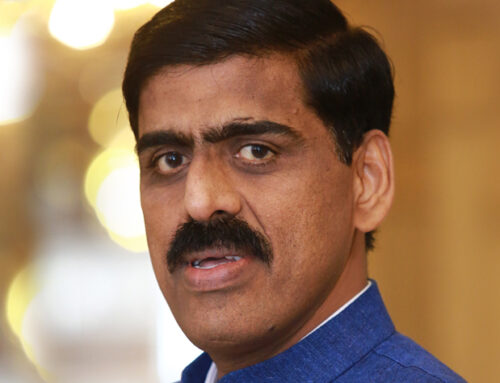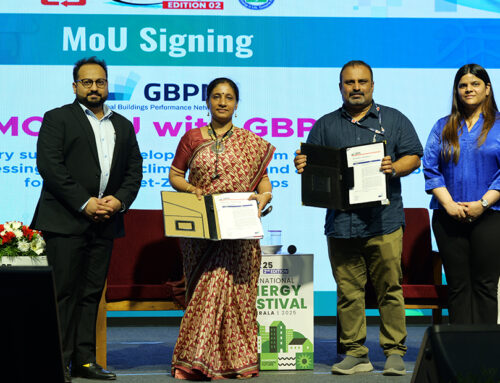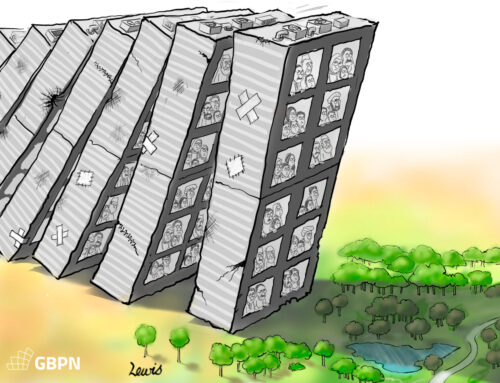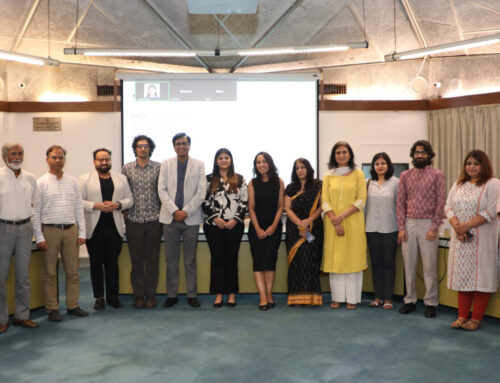India’s Finance Minister Nirmala Sitharaman has presented the Union Budget 2022-23 in Parliament. As expected, the Honorable Prime Minister Narendra Modi’s COP 26 commitments foreshadowed a push towards India’s clean energy plan, net zero plan, and PMAY scheme for sustainable affordable housing.
Key highlights of the Union Budget 2022 from a climate action perspective included:
- Allocation of USD 6.5 Million to complete construction of 8 million houses under PMAY initiative in 2022-23
- The Government will set up a high-level committee for urban planners and economists do deliver recommendations on urban capacity building, planning implementation, and governance.
- Saving energy is an important aspect of energy management. Hence, energy efficiency and savings measures will be promoted. This will be done in large commercial buildings through the Energy Service Company (ESCO) business model. It will facilitate capacity building and awareness for energy audits, performance contracts, and common measurement & verification protocols.
- Environmental clearances (important for the construction sector) to be put under one window system.
- The government of India has recognised energy transition and climate action as pillars of development to ensure decarbonisation.
- Energy storage has been given the status of “infrastructure”.
- To facilitate domestic manufacturing for the ambitious goal of 280 GW of installed solar capacity by 2030, an additional allocation of funds for Production Linked Incentives for the manufacture of high-efficiency modules, with priority to fully integrated manufacturing units from polysilicon to solar PV modules, will be made.
- The government will launch sovereign green bonds to fund “green” infrastructure
- The government will introduce a battery swapping policy and standards for interoperability and encourage adoption of new business models, especially based on battery and energy as a service
- EV charging provision to be part of public infrastructure to realise a dense network of charging points
- Four hundred new-generation Vande Bharat Trains with better energy efficiency and passenger riding experience will be developed and manufactured during the next three years.
- The Circular Economy transition is expected to help in productivity enhancement as well as create large opportunities for new businesses and jobs. The action plans for ten sectors such as electronic waste, end-of-life vehicles, used oil waste, and toxic & hazardous industrial waste is ready. The focus now will be on addressing important cross-cutting issues of infrastructure, reverse logistics, technology up-gradation and integration with the informal sector.
Key highlights of COP 26 commitments of India included:
- To raise the non-fossil fuel-based energy capacity of the country to 500 GW by 2030
- To meet 50% of the country’s energy requirements using renewable energy sources by 2030
- To reduce the total projected carbon emission by one billion tonnes between now and 2030
- To reduce 45% carbon intensity by 2030, and
- To become carbon neutral and achieve net-zero emissions by 2070
Share This Story, Choose Your Platform!
Stay in touch with how we’re transforming the buildings sector
GBPN runs innovative building policy reform programs in key regions around the world that aim to tackle the climate emergency by decarbonising the buildings sector. Stay up to date with our newsletter.
Stay in touch with how we’re transforming the buildings sector
GBPN runs innovative building policy reform programs in key regions around the world that aim to tackle the climate emergency by decarbonising the buildings sector. Stay up to date with our newsletter.







